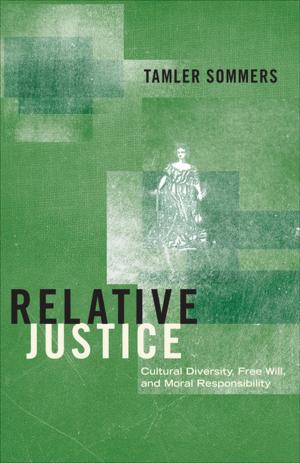Black Holes In A Brief History
Nonfiction, Science & Nature, Science, Physics, Cosmology, Religion & Spirituality| Author: | Bud Stark | ISBN: | 9781311279347 |
| Publisher: | Bud Stark | Publication: | March 7, 2015 |
| Imprint: | Smashwords Edition | Language: | English |
| Author: | Bud Stark |
| ISBN: | 9781311279347 |
| Publisher: | Bud Stark |
| Publication: | March 7, 2015 |
| Imprint: | Smashwords Edition |
| Language: | English |
I and millions of readers without a scientific education were delighted when Stephen Hawking published A Brief History of Time. Its purpose was to give us an insight into how science, cosmologist especially, tackle the “questions that are of interest to us all,”where did the universe come from? How and why did it begin? Will it come to an end, and if so, how? The insight he imparted opened questions about Hawking’s own methods and conclusions: were they shared by most cosmologists? Did they adequately answer the questions the book was written to address? In both cases, no. In A Brief History, Hawking presents to the general public his own no boundary theory which most cosmologist do not espouse. And of the things which Hawking does share with other cosmologist, neither he nor they can answer the questions he poses. Black Holes in A Brief History demonstrates that in fact his no boundary theory is but another failed attempt to do so. In this case sciences failure rings a note of hope rather than of dispair. The most prominant cosmologists see the universe as pointless and we, as Hawking maintains, as insignificant creatures who accidentally inhabit it. On the brighter side, sciences successes in medicine, energy, comunication, biology, water purification, transportation and on and on sound a peal of hope that makes of current cosmology little more than entertainment. Long before formal science existed, religions struggled with the same questions of where the universe came from and how and why, and if it will end and, if so, how, and shared with science the same failure rate. In addition, religion was dogged by another, more important question: can a good, all powerful god design an evil world? These are the questions Black Holes in A Brief History deals with, also dogged by another: Is there any hope to be found in such a morass of failure
I and millions of readers without a scientific education were delighted when Stephen Hawking published A Brief History of Time. Its purpose was to give us an insight into how science, cosmologist especially, tackle the “questions that are of interest to us all,”where did the universe come from? How and why did it begin? Will it come to an end, and if so, how? The insight he imparted opened questions about Hawking’s own methods and conclusions: were they shared by most cosmologists? Did they adequately answer the questions the book was written to address? In both cases, no. In A Brief History, Hawking presents to the general public his own no boundary theory which most cosmologist do not espouse. And of the things which Hawking does share with other cosmologist, neither he nor they can answer the questions he poses. Black Holes in A Brief History demonstrates that in fact his no boundary theory is but another failed attempt to do so. In this case sciences failure rings a note of hope rather than of dispair. The most prominant cosmologists see the universe as pointless and we, as Hawking maintains, as insignificant creatures who accidentally inhabit it. On the brighter side, sciences successes in medicine, energy, comunication, biology, water purification, transportation and on and on sound a peal of hope that makes of current cosmology little more than entertainment. Long before formal science existed, religions struggled with the same questions of where the universe came from and how and why, and if it will end and, if so, how, and shared with science the same failure rate. In addition, religion was dogged by another, more important question: can a good, all powerful god design an evil world? These are the questions Black Holes in A Brief History deals with, also dogged by another: Is there any hope to be found in such a morass of failure















